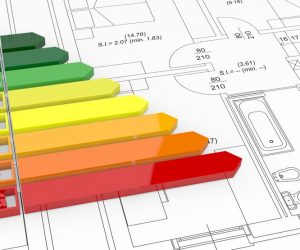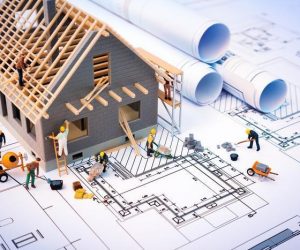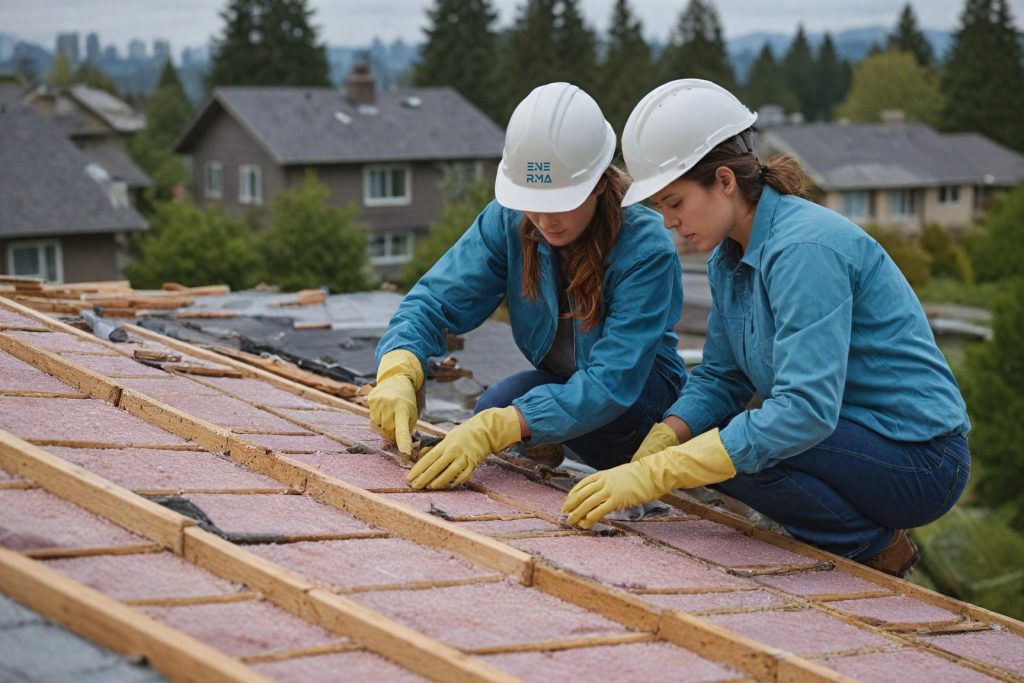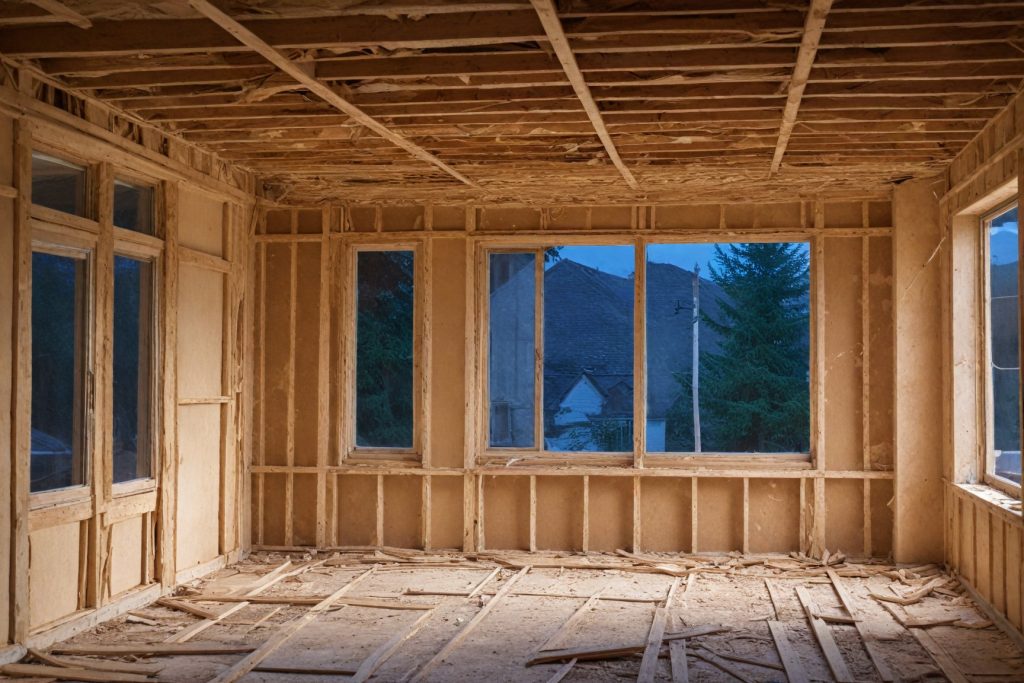Understanding Life Cycle Assessment (LCA) and Reducing the Carbon Footprint of Buildings
The push for sustainable construction practices has become more critical than ever. One key tool in this journey is the Life Cycle Assessment (LCA), which helps quantify the environmental impact of buildings from cradle to grave. LCA provides a comprehensive view of a building’s total environmental footprint by evaluating the energy and resources consumed during different phases of its life cycle—from material extraction to disposal. Let’s delve into the process of LCA and explore strategies to reduce the carbon footprint of buildings.









